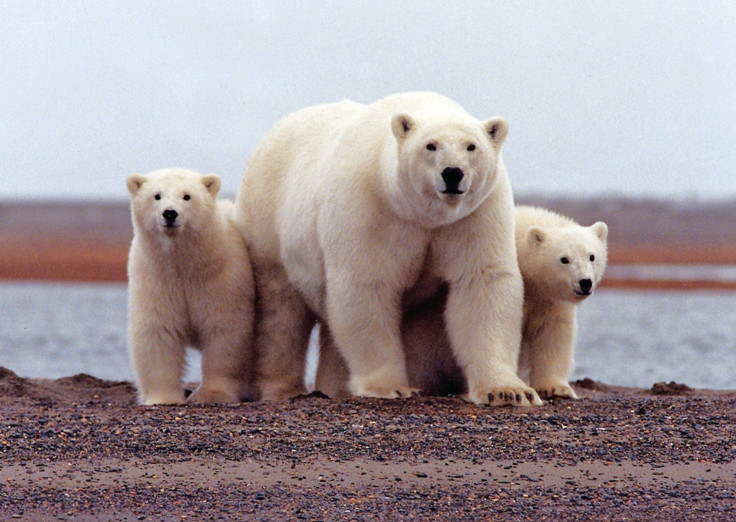Chemical pollution 'causing polar bear penises to break'

Polar bear penises are breaking as a result of chemical pollution, scientists have warned.
In their study published in the journal Environmental Research, scientists found that pollutants could be reducing the density of the polar bears' penis bones, which leads to an increased risk of breaking and possibly reduced mating success.
The authors note that industrial chemicals have been a huge concern across the globe since their first development in the early 1900s. Many are known to be endocrine disrupting chemicals (EDCs) – believed to be associated with altering reproductive function.
They are also known to be dispersed across long ranges and found in high concentrations in Arctic predators like polar bears.
"A major concern relating to EDCs is their effects on vital organs – tissues such as bone – and it is possible that EDCs represent a more serious challenge to the species' survival than the more conventionally proposed prey reductions linked to climate change."
Researchers analysed penile bone mineral density (BMD) in 279 polar bears born between 1990 and 2000. They found a correlation between levels of pollutants and BMD.
"It is therefore likely that EDCs directly affect development and bone density in polar bears," they wrote. "Canadian bears had in general the best health and the North East Greenland subpopulation being at the highest risk of having negative health effects."
According to New Scientist, previous research has shown polar bears with high levels of pollutants called organohalogens have smaller testes and penis bones.
Christian Sonne at Aarhus University, Denmark, told the magazine they studied penis bones because they are easy to come by – hunters often take them as trophies to show they shot a bear.
While the function of the bone is unknown, Sonne believes a weaker one will likely affect mating: "If it breaks, you probably won't have a bear which can copulate."
The authors note: "While reductions in BMD is in general unhealthy, reductions in penile BMD could lead to increased risk of species extinction because of mating and subsequent fertilisation failure as a result of weak penile bones and risk of fractures.
"Based on this, future studies should assess how polar bear subpopulations respond upon EDC exposure since information and understanding about their circumpolar reproductive health is vital for future conservation."
© Copyright IBTimes 2024. All rights reserved.






